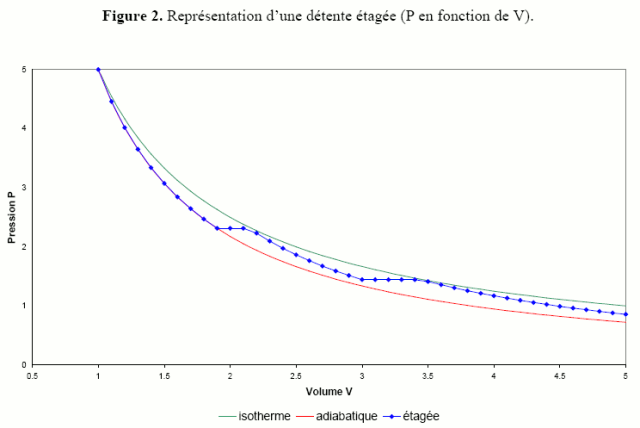You can download the full reports here:
https://www.econologie.com/telechargemen ... nes-paris/
https://www.econologie.com/telechargemen ... nes-paris/
Here is the first information from this report:
As an indication, consider 340 l of air initially at a pressure of 300 bar, which expand to atmospheric pressure, P = 1 bar.
The work provided, within the framework of the ideal gas hypothesis is:
For adiabatic relaxation: 20.5 MJ
For a polytropic expansion (k = 1.2): 31.3 MJ
For isothermal relaxation: 58.2 MJ
1 L of diesel fuel contains approximately 10 kWh or 36 MJ
The efficiency of a heat engine is around 0.3 (30%)
1 L of diesel fuel will therefore provide 36 * 0.3 = 10.7 MJ mechanical.
The 340L and 300 bar tank therefore contains the equivalent, at best (100% engine efficiency mdi (!!) on an isothermal expansion) of 58.2 / 10.7 = 5,4 L of fuel! The reality must be between 2 and 3 Liters "diesel equivalent" taking into account the real performance of the engine!
Thus, in order to optimize the amount of work provided by a trigger, it is essential to perform a trigger close to an isothermal trigger. This is why, the concept of a stepped expansion is interesting, characterized by a reheating of the gas (the temperature of which dropped during the expansion) between the expansion stages.

The rest in the doc ...
In short I invite all those who are interested in the engines, near or far to read the doc: air motor calculations




